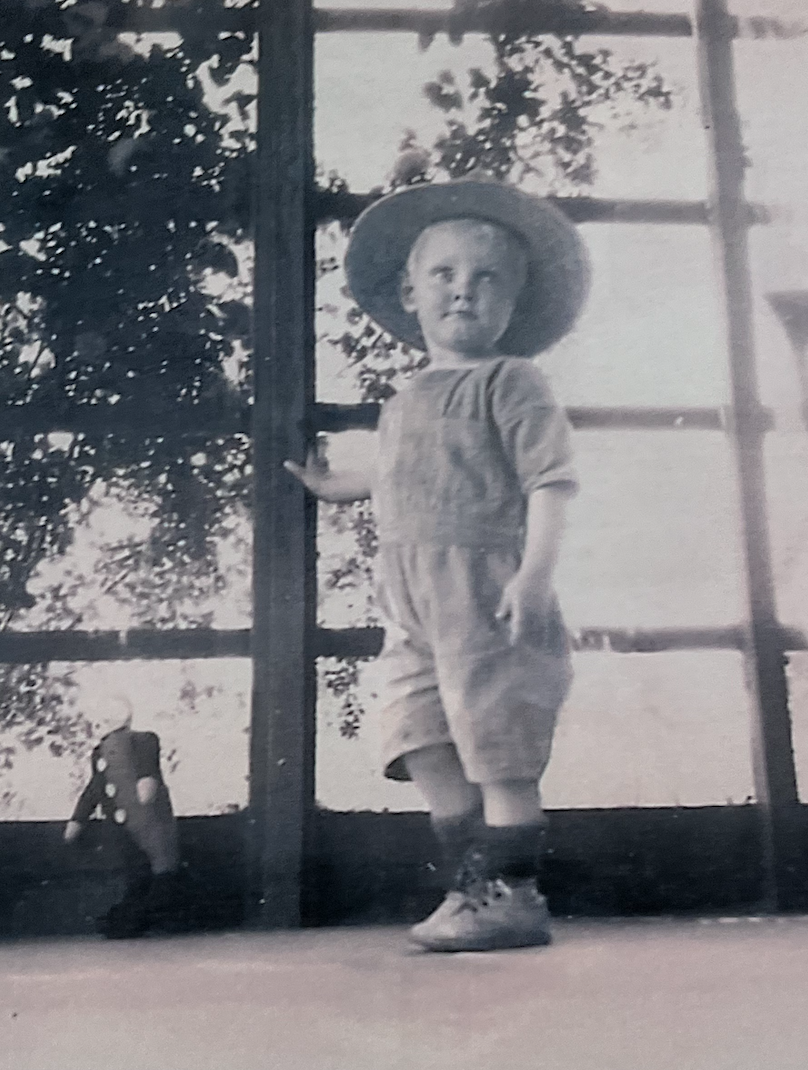Luke Leuschner
R. M. SCHINDLER IN THE CALIFORNIA DESERT




Photo credits (top to bottom, L to R): Toole Residence, ca. 1950 by Horacio Acevedo Davenport; Toole residence, ca. 1960s, Toole collection; Popenoe cabin, ca. 1925, collection of author; California Arts & Architecture; Popenoe cabin, ca. 1927, courtesy Popenoe family.
I came to live and work in California. I camped under the open sky, in the redwoods, on the beach, the foothills and the desert. I tested its adobe, its granite, and its sky. And out of a carefully built up conception of how the human BEING could grow roots in this soil — unique and delightful — I built my house.
-Rudolph Schindler to Esther McCoy, 1952
Shortly after leaving the office of Frank Lloyd Wright and building his King’s Road studio, Rudolph Schindler received one of his first commissions as an indepedent architect: a tiny $2000 cabin in Coachella, CA.
Over the course of his career, Schindler would design around a dozen buildings and subdivisions in California’s desert. The Paul Popenoe cabin (1922) and the Maryon E. Toole residence (1946-1948) were the only two desert projects built during his career, and only the latter stands.
R. M. Schindler in the California Desert is the (working) title for my forthcoming publication on the topic, and addresses a section of Schindler’s career that has been largely undocumented. From Los Angeles bohemians to eugenicists, this research is not as much an architectural history as it is a social history of the California desert, the people who built homes there, and the architects who followed suit.
This project is made possible by a generous research grant from the Palm Springs Preservation Foundation.
-Rudolph Schindler to Esther McCoy, 1952
Shortly after leaving the office of Frank Lloyd Wright and building his King’s Road studio, Rudolph Schindler received one of his first commissions as an indepedent architect: a tiny $2000 cabin in Coachella, CA.
Over the course of his career, Schindler would design around a dozen buildings and subdivisions in California’s desert. The Paul Popenoe cabin (1922) and the Maryon E. Toole residence (1946-1948) were the only two desert projects built during his career, and only the latter stands.
R. M. Schindler in the California Desert is the (working) title for my forthcoming publication on the topic, and addresses a section of Schindler’s career that has been largely undocumented. From Los Angeles bohemians to eugenicists, this research is not as much an architectural history as it is a social history of the California desert, the people who built homes there, and the architects who followed suit.
This project is made possible by a generous research grant from the Palm Springs Preservation Foundation.